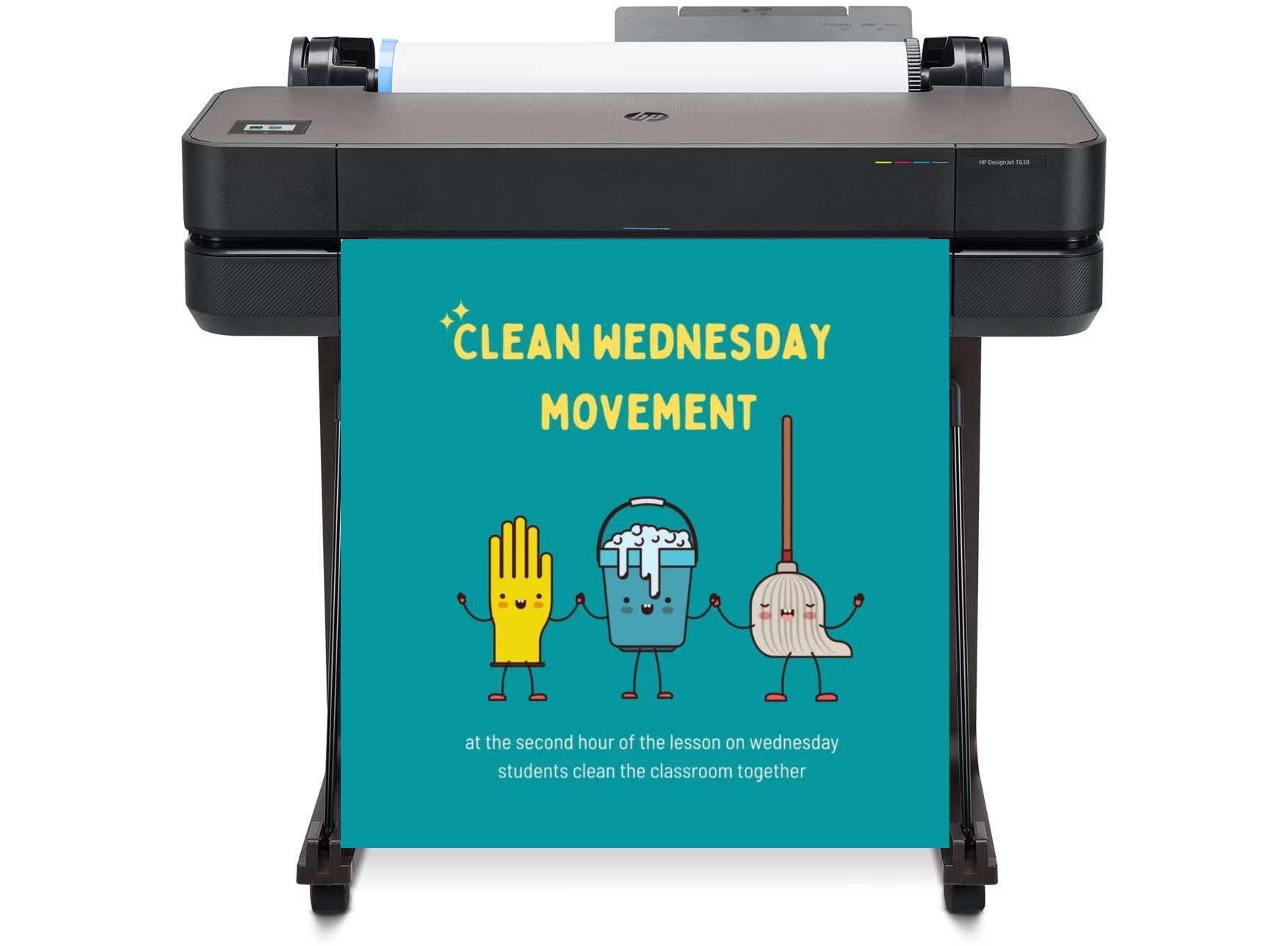
DISCOUNTED EDUCATION PRICING! CALL 1-877-891-8411. We Gladly Accept School Purchase Orders!

In a world that runs on content, design matters more than ever. Whether you’re building a personal brand, running a business, or creating a classroom presentation, Canva gives you the tools to make stunning visuals—without needing a graphic design degree.
But Canva isn’t just a pretty tool. It’s a full-featured platform used by over 135 million people monthly (as of 2025), including large companies, nonprofits, educators, and solo entrepreneurs.
In this post, we break down the 6 key things you need to know about Canva—from unexpected features to practical applications. We’ll also answer frequently asked questions to help you get the most out of your design journey.
Most people know Canva for its simple drag-and-drop design interface, but that’s just the beginning. Canva has evolved into a complete visual communication platform with tools that support:
Fact: Canva is used by teams at Zoom, Salesforce, Live Nation, and even NASA to create consistent, on-brand content.
Canva isn’t just for still images. It includes a Canva video editor that makes content creation for YouTube, Instagram Reels, TikTok, and even full-length presentations super simple.
With Canva’s video tools, you can:
Pro Tip: Use the Magic Resize feature to instantly adapt a video to different aspect ratios (e.g., landscape, square, portrait) for each social platform.
Canva has over 600,000 templates ready to go. Whether you’re building a business proposal, classroom worksheet, Pinterest pin, or YouTube thumbnail, there’s a polished template to help you start fast.
And many templates are designed with:
Use Case: Bloggers often use Canva’s Pinterest and infographic templates to boost organic search visibility and drive traffic.
One of Canva’s most underrated strengths is how easily it connects with other apps and platforms. You can integrate with:
You can even publish straight to platforms like LinkedIn, Facebook, and TikTok from within Canva.
Canva has rolled out a series of AI-powered tools that accelerate creativity and save hours of work:
Interesting Fact: Canva can now generate an entire presentation or business proposal from just a brief text prompt using AI.
Canva offers an impressively generous free plan, perfect for individuals and small teams. With the free version, you get:
The Pro plan adds even more: premium templates, brand kits, 1TB storage, and powerful AI tools. But many users find the free version more than enough to meet their needs.
A: Yes. While Canva is user-friendly for beginners, many professionals use it for quick-turnaround projects, social media content, and client proposals. Its collaborative features and brand management tools make it suitable even for agency-level work.
A: Yes. Canva allows commercial use of most content, especially with a Pro subscription. Just be sure to check the license for individual elements like stock photos or icons, particularly if you’re reselling designs.
A: Photoshop is great for complex photo manipulation and high-end design, while Canva is best for fast, templated content like social media posts, infographics, or presentations. Canva is cloud-based and much easier to learn.
A: Use your own photos, brand fonts, and colors. Customize templates instead of using them as-is. Try using AI tools like Magic Write for original captions or headlines.
A: Definitely. Many creators use Canva to design:
Canva isn’t just a beginner’s design tool—it’s a powerful, ever-evolving design platform trusted by individuals, startups, educators, and Fortune 500 companies alike. What started as a simple drag-and-drop editor has grown into a comprehensive creative suite that empowers users of all skill levels to produce high-quality visual content with ease. Canva has a ton of applications. You can even print your canva posters.
From designing a personal resume or wedding invitation to building an entire brand identity, Canva provides the flexibility, scalability, and tools needed to bring any idea to life. Its intuitive interface, AI-powered features, vast template library, and seamless integrations make it one of the most accessible yet sophisticated platforms available today.
Whether you’re:
Plus, with collaborative tools, cloud-based storage, and multi-format exporting, Canva doesn’t just help you design — it helps you deliver. Every visual you create with Canva is one more opportunity to stand out, engage, and make a lasting impression.
So if you haven’t explored Canva yet—or haven’t fully unlocked its potential—now is the perfect time. Dive in, start creating, and see how far your ideas can go when the right tools are in your hands.
Want more Canva tips and tutorials?
Subscribe to our newsletter for weekly design hacks, content strategies, and free templates delivered straight to your inbox.